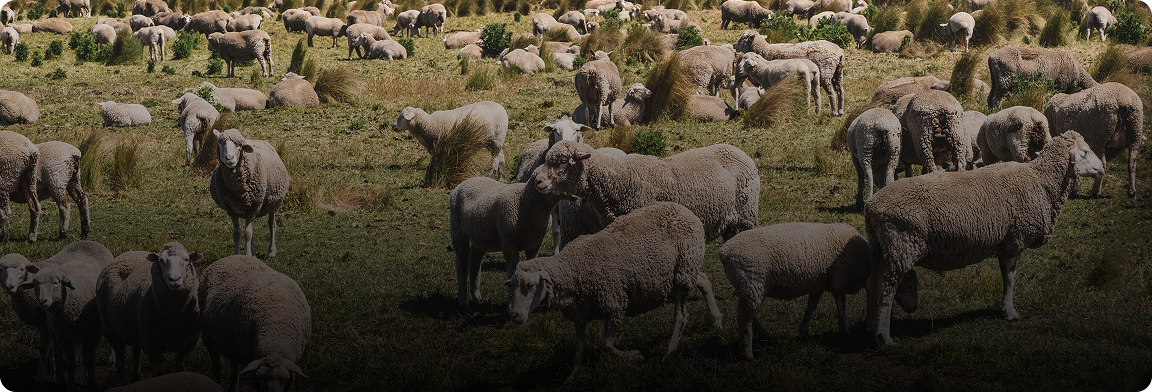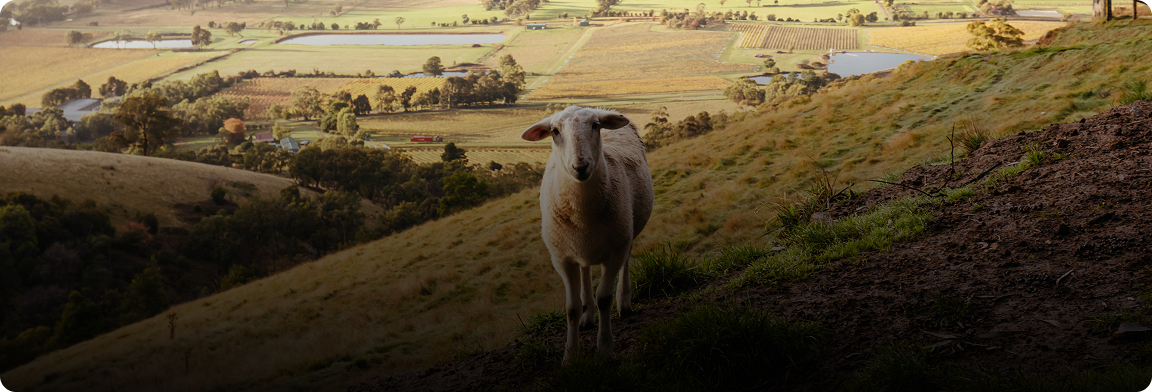When farmers raise cattle, they can choose how to feed them. Two common ways are grass-fed and grain-fed. Both ways have good and bad points. It’s important to understand how each method works. This will help farmers decide what’s best for their animals, the land, and their farm. In this blog, we will explain the differences between grass-fed and grain-fed cattle. We’ll also look at the benefits and challenges of each method. Let’s explore both!
What is Grass-Fed Beef?
Grass-fed beef comes from cows that eat grass. Farmers let these cows roam around on open land. They graze on the grass and plants that grow in the pasture. The cows get all their food from the natural grasses and plants. This type of beef is healthier for people. It has less fat and more good nutrients like omega-3 fatty acids. Some people say grass-fed beef has a better taste too. The cows grow slower because they need time to graze and digest the grass. Grass-fed cows need more space and time to grow, which can make this beef a little more expensive.


What is Grain-Fed Beef?
Grass-fed beef comes from cows that eat grass. Farmers let these cows roam around on open land. They graze on the grass and plants that grow in the pasture. The cows get all their food from the natural grasses and plants. This type of beef is healthier for people. It has less fat and more good nutrients like omega-3 fatty acids. Some people say grass-fed beef has a better taste too. The cows grow slower because they need time to graze and digest the grass. Grass-fed cows need more space and time to grow, which can make this beef a little more expensive
What is Grain-Fed Beef?
Grain-fed beef is different. Cows eat grains like corn, soy, or barley. The farmers give these grains to the cows in feedlots. Feedlots are places where cows live in smaller areas and eat grain. Grain-fed cows grow faster than grass-fed cows. This is because the grains help them gain weight quickly. Farmers can sell them sooner and make money faster. Grain-fed beef has more fat, which some people do not like. However, many people still buy it because it’s cheaper and more widely available.
Biogas from Farm Waste
Farmers can also make energy from waste, like manure and food scraps. This process is called biogas production. Farmers put the waste into a digester, where it breaks down and produces gas. This gas can be used to make electricity or heat. Biogas helps reduce waste and pollution. By using farm waste to make energy, farmers can save money and reduce their environmental impact. It’s a simple way to turn waste into something useful.
Cons of Grass-Fed Beef
However, there are challenges with grass-fed beef. Grass-fed cows take longer to grow. Since they eat grass and not grains, they don’t grow as fast. This means farmers must wait longer before they can sell the cows. Also, grass-fed cows need more space. They need big fields to graze and roam around. This can be hard for farmers who don’t have a lot of land. Additionally, raising grass-fed cattle can be more expensive. The cost of the land and the extra time needed to grow the cows can add up.

Pros of Grain-Fed Beef
Grain-fed beef has some good points too. One major benefit is that the cows grow faster. They don’t need as much time to reach the right weight. This helps farmers sell their cattle quickly and make money sooner. Grain-fed beef also tends to produce more meat. Since the cows grow faster, they give more beef. This is good for farmers who want to increase their production. Also, feeding cows grains is easier and cheaper. The grains are cheaper than maintaining large pastures for grazing. Farmers don’t have to worry about the weather or seasons because they can feed the cows grains all year round.
Cons of Grain-Fed Beef
Grain-fed beef has some downsides. First, it’s higher in fat compared to grass-fed beef. This can be a concern for people who want to eat healthier. The grains cows eat are often grown with chemicals. These chemicals can pollute the environment and harm the soil. Also, cows in feedlots live in crowded conditions. This can cause stress for the animals, and some people think it’s unfair to the cows. Grain-fed beef can also create more pollution and greenhouse gases. This is because the feedlots and grain production use a lot of resources.
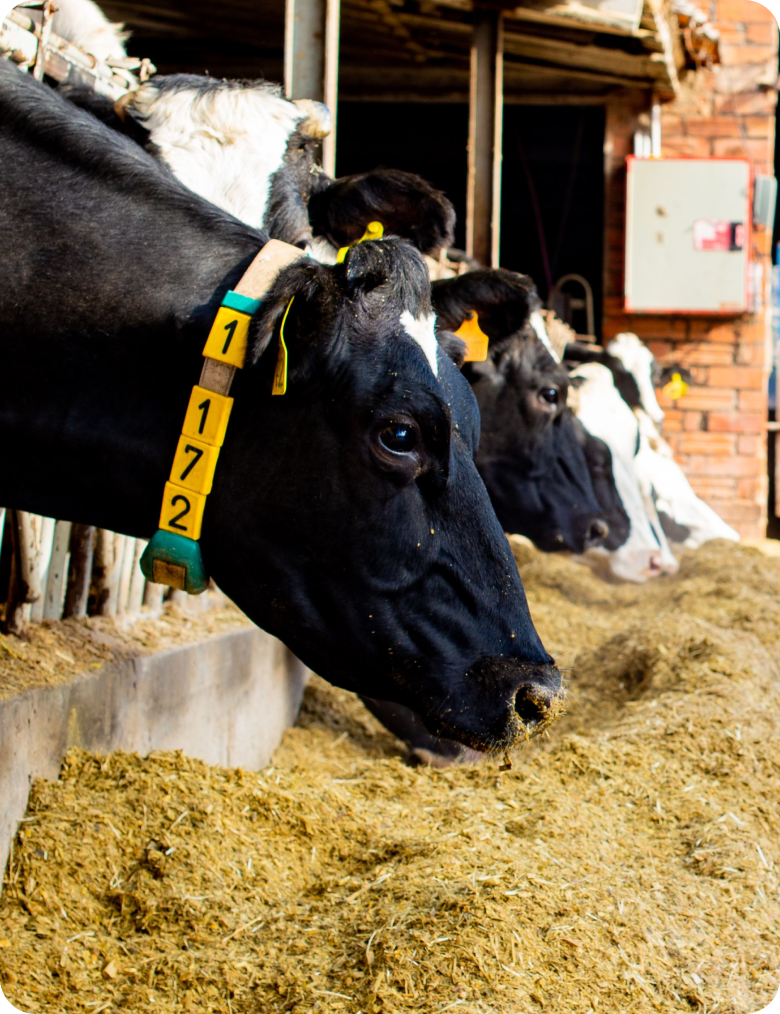
Which is Better for the
Environment?
When we talk about the environment, grass-fed beef usually wins. Grass-fed cows help improve the soil. They fertilize the soil naturally when they graze on grass. This can reduce soil erosion and keep the land healthy. Also, grass-fed beef typically has a smaller carbon footprint. It creates fewer greenhouse gases compared to grain-fed beef. Grain-fed beef, on the other hand, requires large amounts of grain, which needs to be grown with fertilizers and pesticides. These chemicals can hurt the land and the water. So, grass-fed beef is better for the planet overall.
Which is More Profitable?
When it comes to money, grain-fed beef often makes more sense for farmers. Grain-fed cows grow faster, so farmers can sell them sooner. This gives them quicker profits. Grain is also cheaper to buy than grass, so the cost of raising cattle can be lower. However, farmers can make good money from grass-fed beef if they sell it for a higher price. Many customers are willing to pay more for natural, healthier beef. So, while grain-fed beef may be cheaper and faster to raise, grass-fed beef can be more profitable if farmers market it well.

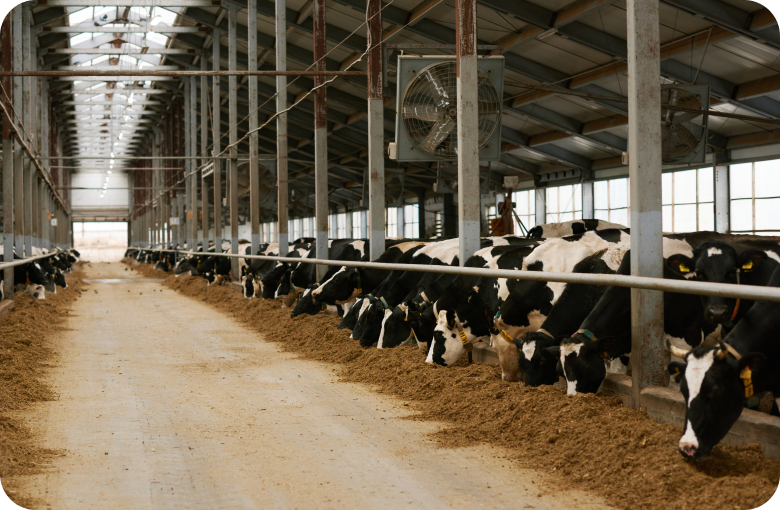
Making the Right Choice
for Your Farm
Choosing between grass-fed and grain-fed beef depends on the farmer’s goals. If a farmer wants to produce healthier, eco-friendly beef, grass-fed is a good choice. However, if the farmer wants to make money quickly and easily, grain-fed may be the way to go. Farmers can also try a mix of both. They can raise cows on grass for most of their life and then feed them grains to finish them. This way, they get the benefits of both methods. The choice is up to the farmer, depending on what’s most important to them.
Conclusion
In conclusion, both grass-fed and grain-fed beef have their pros and cons. Grass-fed beef is healthier, better for the environment, and has a unique taste. However, it takes more time and land to raise. Grain-fed beef grows faster, produces more meat, and is cheaper to raise. However, it’s higher in fat and can harm the environment. Farmers need to think about what works best for their farm. Whether it’s grass-fed or grain-fed, both methods can be profitable. The key is choosing the right method based on goals and resources. Both types of beef can be good, depending on how the farmer raises the cattle.

